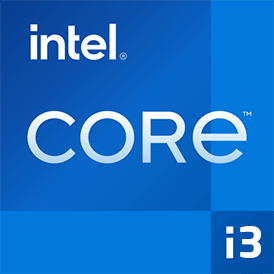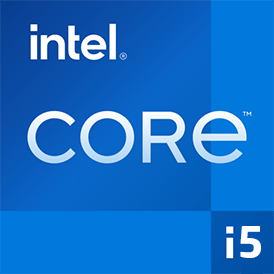Comparison of ASUS ROG Matrix GeForce GTX 980 Ti video card vs Colorful iGame GeForce RTX 2080 SUPER Advanced OC-V video card by specs and benchmarks. ASUS ROG Matrix GeForce GTX 980 Ti runs at 1.000 GHz base clock speed and has 6 GB of GDDR5 memory, while video card Colorful iGame GeForce RTX 2080 SUPER Advanced OC-V runs at 1.000 GHz base clock speed and has 8 GB of GDDR6 memory. The weight is different, -- vs 1000 g. The TDP of the first video card is 250 W, and the second is 250 W . Compare the benchmark results to find out which video card is better.


 Russian
Russian  Germany
Germany  Portuguese
Portuguese  Italian
Italian  French
French  Japan
Japan  Spanish
Spanish  Polish
Polish  Chinese
Chinese 




